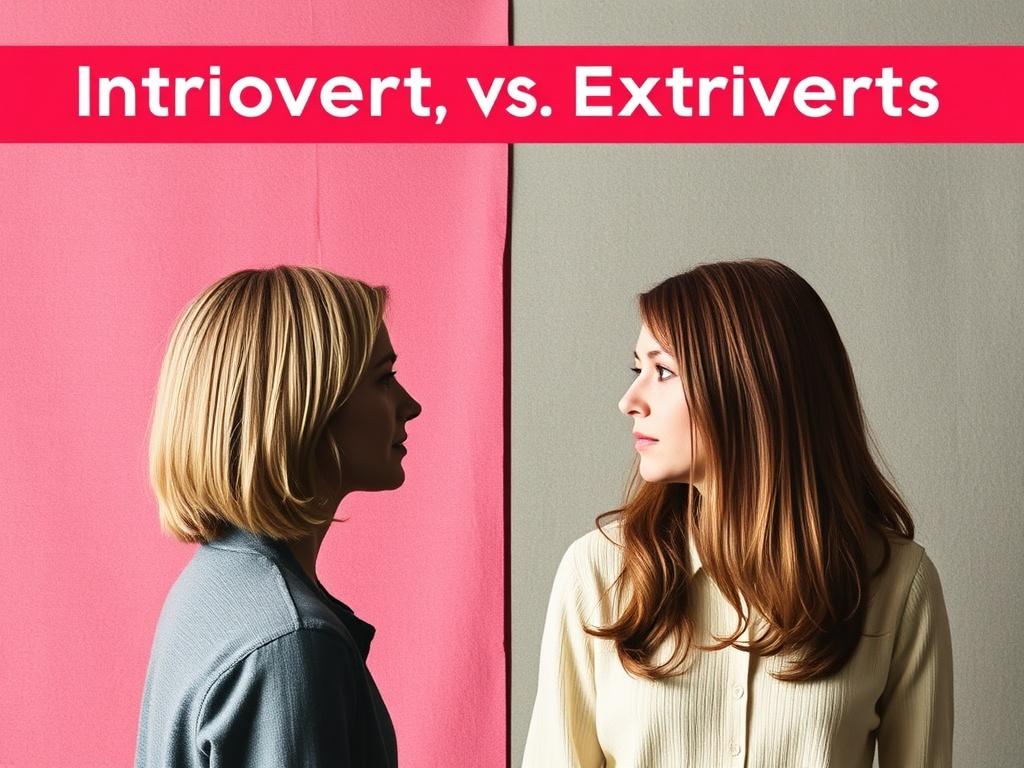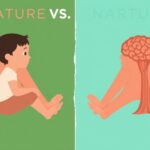Have you ever wondered why some people thrive in social settings, eagerly chatting away, while others seem to prefer quiet moments alone, recharging in solitude? This age-old question about personality types often boils down to the classic dichotomy of introverts vs. extroverts. But what does science say about these different social personalities? Understanding this can help us appreciate not only ourselves but also the people around us, fostering better relationships, improved teamwork, and a deeper sense of self-awareness.
In this article, we’ll dive deep into the fascinating world of introverts and extroverts, exploring what sets them apart, the biology behind their behavior, how personality traits influence daily life, and the myths that surround these terms. Whether you identify more with sitting quietly reading a book or sparking up a lively conversation at a party, by the end of this piece, you’ll have a clearer understanding of this intriguing aspect of human nature.
The Basics: Defining Introverts and Extroverts

At its core, the introvert vs. extrovert distinction describes where people get their energy and how they process social interactions. Extroverts are typically energized by being around others—they find social environments stimulating and invigorating. Think of someone who jumps at the chance to attend parties or thrives in collaborative work settings. On the other hand, introverts often feel drained by excessive social interactions and need quiet time alone to recharge. They may enjoy meaningful one-on-one conversations or solitary activities like writing or hiking.
It’s essential to realize that introversion and extroversion exist on a spectrum rather than as strict categories. Many people are ambiverts, displaying qualities of both, depending on context. Yet, understanding these general tendencies provides a helpful framework for grasping how different personalities navigate the world.
Key Characteristics of Introverts and Extroverts
To break it down more clearly, here is a quick comparison table illustrating some typical traits:
| Trait | Introverts | Extroverts |
|---|---|---|
| Energy Source | Recharge through solitude and quiet activities | Recharge through social interaction and external stimulation |
| Social Preferences | Prefer small groups or one-on-one conversations | Enjoy large groups and social gatherings |
| Communication Style | Reflective and thoughtful; likes to listen | Expressive and outgoing; enjoys speaking |
| Approach to Risk | Cautious and deliberative | Often adventurous and open to new experiences |
| Work Style | Independent, focused work preferred | Collaborative, group work preferred |
The Science Behind Introversion and Extroversion
Personality science has evolved tremendously, and researchers have explored what makes introverts and extroverts tick. It turns out that these differences aren’t just about preferences but also linked to brain chemistry, neural processes, and even genetics.
Brain Activity and Sensitivity to Stimulation
Studies using brain imaging have found fascinating variations in how introverts and extroverts process stimuli. Extroverts’ brains tend to seek out more dopamine-related stimulation. Dopamine is a neurotransmitter associated with reward and pleasure, so extroverts get a stronger “hit” from social interactions, new experiences, and excitement.
Introverts, however, exhibit higher cortical arousal—that means their brains are more sensitive to stimulation. They don’t need as much external stimulus to feel alert or energized, which likely explains why they can get overwhelmed in very busy or noisy environments.
Genetics and Personality Traits
Monozygotic (identical) twin studies have shown that introversion and extroversion have genetic components. About 40% to 60% of the variation in personality traits like social energy comes down to inherited genes. However, environment, upbringing, and life experiences also shape how these traits manifest.
The Role of the Autonomic Nervous System
Another angle researchers explore is how the autonomic nervous system, which controls our fight or flight responses, differs between introverts vs. extroverts. Introverts typically have a more reactive nervous system to stress, meaning they may become overstimulated or anxious more quickly during social situations. In contrast, extroverts often have a calmer baseline and require more external input to feel activated.
How Introversion and Extroversion Influence Everyday Life
Understanding introverts vs. extroverts isn’t just an academic exercise; it has practical applications in work, relationships, learning, and personal growth.
In the Workplace
Work environments often cater more naturally to extroverts, with open offices, frequent meetings, and brainstorming sessions. Yet, introverts contribute valuable strengths like deep focus, independent problem-solving, and thoughtful decision-making. Companies that value diversity in personality types create more balanced, innovative teams.
Here’s a quick list of workplace preferences:
- Introverts: Prefer quiet spaces, working on individual tasks, needing time to process ideas before speaking.
- Extroverts: Enjoy active collaboration, dynamic discussions, fast-paced projects.
In Social Relationships
The dynamics of friendships and romantic relationships can be profoundly impacted by introversion and extroversion differences. Introverts may feel exhausted after long social events while extroverts might seek constant interaction. Recognizing and respecting these differences helps prevent misunderstandings and allows both partners to thrive.
Learning Styles and Education
Introverts often prefer self-paced and reflective learning, while extroverts benefit from group discussions and hands-on activities. Teachers and trainers can improve outcomes by incorporating a mix of teaching methods suitable for both personalities.
Common Myths About Introverts and Extroverts

Despite popular understanding, there are many misconceptions surrounding these terms. Let’s debunk a few:
Myth 1: Introverts Are Shy
Many people equate introversion with shyness, but shyness is about fear of social judgement, while introversion is about where you draw energy. Introverts can be confident and talkative in situations they enjoy.
Myth 2: Extroverts Don’t Like Alone Time
Extroverts do enjoy social interaction, but that doesn’t mean they dislike downtime. They simply may need less of it to feel refreshed.
Myth 3: Introverts Are Anti-Social
Introverts may prefer calm settings or smaller groups, but this doesn’t mean they dislike social connection. They just engage differently.
Leveraging Your Personality Type for Growth

Recognizing whether you lean more towards introversion or extroversion empowers you to make choices that enhance your well-being and effectiveness.
Tips for Introverts
- Schedule downtime after social events to recharge.
- Practice speaking up in meetings using prepared notes.
- Create quiet workspaces or noise-cancelling environments.
- Focus on deep relationships rather than a large social network.
Tips for Extroverts
- Ensure you have quiet time to reflect and relax.
- Practice active listening to balance conversations.
- Try solitary hobbies to build self-awareness.
- Respect others’ needs for space and downtime.
Famous Examples: Introverts and Extroverts in History
Understanding real-life examples can make these concepts more relatable. Here are a few public figures known for their personality types:
| Introverts | Extroverts |
|---|---|
| Albert Einstein – Known for deep thinking and solitary research | Oprah Winfrey – Charismatic and socially energized |
| J.K. Rowling – Prefers privacy and reflection | Winston Churchill – Energetic and engaging public speaker |
| Barack Obama – Thoughtful introvert who often reflects deeply | Richard Branson – Adventurous and outgoing entrepreneur |
The Spectrum: Why Ambiverts Are the Rule, Not the Exception
One important insight from research is that very few people are pure introverts or extroverts. Most are ambiverts, who can adapt and enjoy situations across the spectrum depending on mood, context, and experience. This flexibility is essential for navigating the complexities of modern social and work life.
Benefits of Ambiversion
- Ability to enjoy social events and also cherish solitude
- Enhanced emotional intelligence by understanding diverse perspectives
- Flexibility to thrive in different work environments
- Better stress management by alternating social energy sources
Conclusion
Introverts vs. extroverts is a timeless and fascinating debate that science helps clarify beyond simple stereotypes. These personality dimensions highlight how people differ in the way they gain energy, interact socially, and process the world around them. Instead of boxing ourselves into fixed categories, embracing the continuum allows for greater empathy and self-awareness. Whether you recharge with a quiet walk or a lively party, understanding what science says about introverts vs. extroverts can guide you towards a more fulfilling and balanced life. The real magic happens when we appreciate these differences in ourselves and others, creating richer relationships and more productive communities.




















